what is the production of cement mill r
2019-07-03T13:07:33+00:00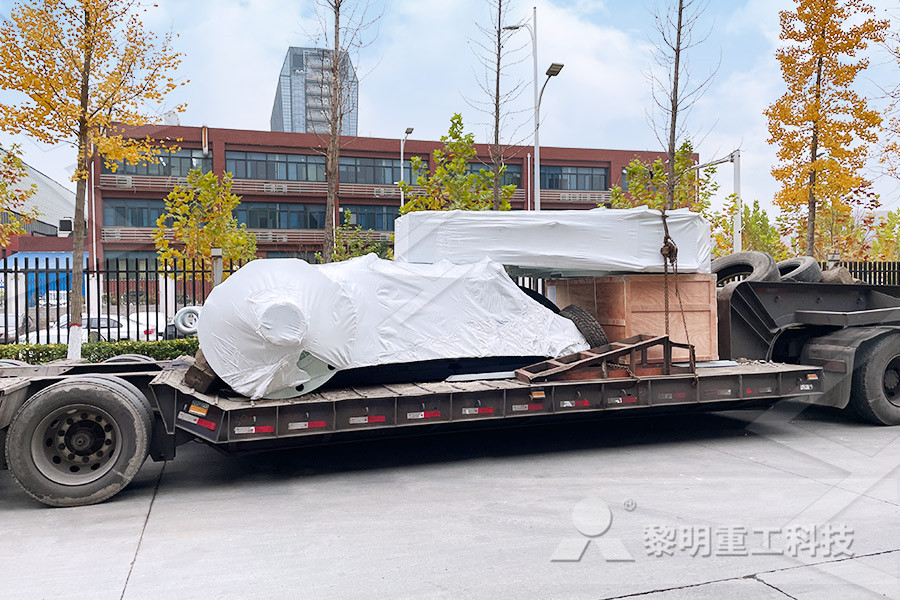
The cement mill Understanding Cement
Cement manufacturing brief description of a cement mill Cement clinker is usually ground using a ball mill This is essentially a large rotating drum containing grinding media normally steel balls As the drum rotates, the motion of the balls crushes the clinker The drum rotates approximately once every couple of secondsRaw mill is generally called cement raw mill, raw mill in cement plant, it refers to a common type of cement equipment in the cement plant In the cement manufacturing process, raw mill in cement plant grind cement raw materials into the raw mix, and the raw mix is sent to the cement kiln to make cement clinker, next, clinker and other admixtures Raw Mill, Cement Raw Mill, Raw Mill In Cement Plant 10/12/2019 Cement grinding is the last process of cement production, it is to mix cement clinker and a small amount of gypsum, and then grind the mixture to a certain fineness, that is cement You may also interest in the ball mill product price, lime ball mill, quartz ball mill 【 Cement grinder types 】Cement Ball Mill JXSC Machine
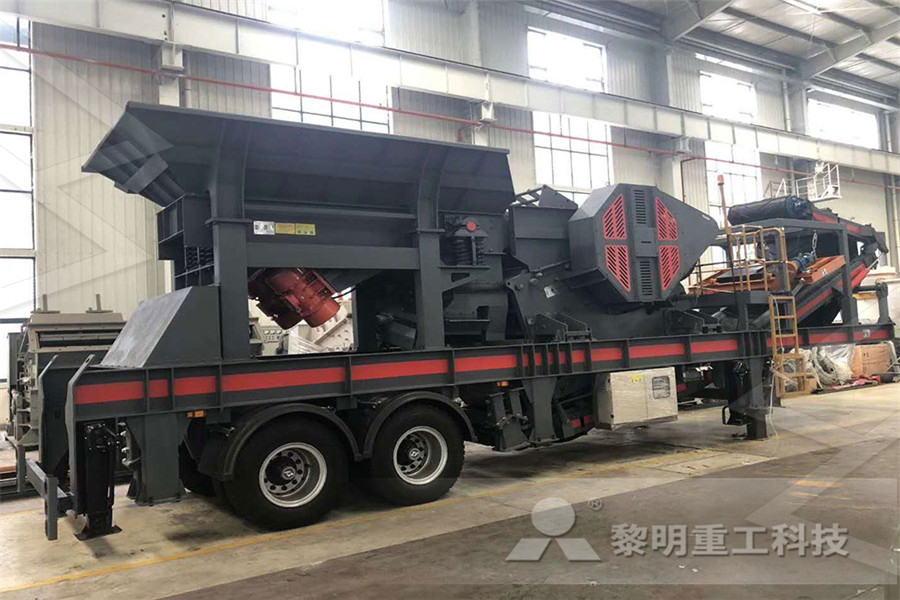
Vertical Raw Mill Cement Raw Mill Raw Mill In Cement Plant
Vertical raw mill is one kind of raw mill, generally used to grind bulk, granular, and powder raw materials into required cement raw meal in the cement manufacturing plant Vertical raw mill is an ideal grinding mill that crushing, drying, grinding, grading transfer set in one It can be widely used in cement, electric power, metallurgy, chemical industry, nonmetallic ore, and other industries20/08/2015 Cement manufacturing is a complex process that begins with mining and then grinding raw materials that include limestone and clay, to a fine powder, called raw meal, which is then heated to a sintering temperature as high as 1450 °C in a cement kiln In this process, the chemical bonds of the raw materials are broken down and then they are The Cement Manufacturing Process Advancing MiningCement production is one of the largest industries in the world Annual world production in 2013 was approximately 4 GT (of which, about half was in China) It is produced in kilns at around 1400o C (2500 o F), and approximately 750 kg (1650 lb) of CO 2 are released for each tonne (2205 lb) that is madeCement Production an overview ScienceDirect Topics
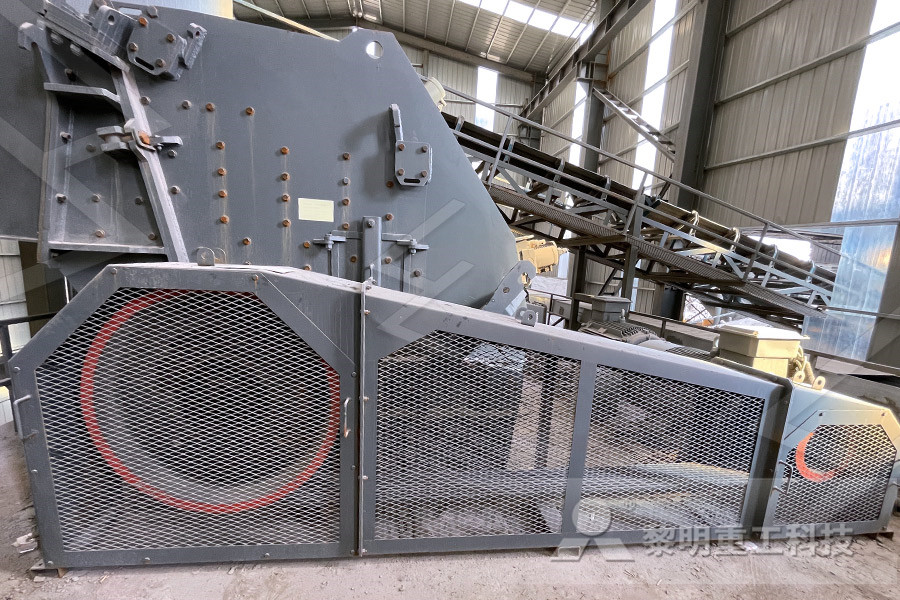
Cement Production: How Cement Is Manufactured CEMEX UK
This process takes place in silos equipped for obtaining a homogenous mix of the material 8 Calcination Calcination is the core portion of the process, in which huge rotary kilns come into play Inside, at 1400 degrees C, the raw material is transformed into clinker: small, dark gray nodules 34 centimetres in diameter 9 Cement milling30/08/2012 Cement Manufacturing Process Phase 1: Raw Material Extraction Cement uses raw materials that cover calcium, silicon, iron and aluminum Such raw materials are limestone, clay and sand Limestone is for calcium It is combined with much smaller proportions of sand and clay Sand clay fulfill the need of silicon, iron and aluminumCement Manufacturing Process Phases Flow Chart 07/06/2020 What are the types of Cement manufacturing processes? H ere are the three main types of cement processes ie, Wet Process; Dry Process; Semidry or Precalcinar Process Wet Process: In the wet process, the limestone is brought from the quarry and crushes into a small form Then it is mixed with clay and ground into fine powder in a ball mill or tube mill And What is Cement and How it is Manufactured? The Machine
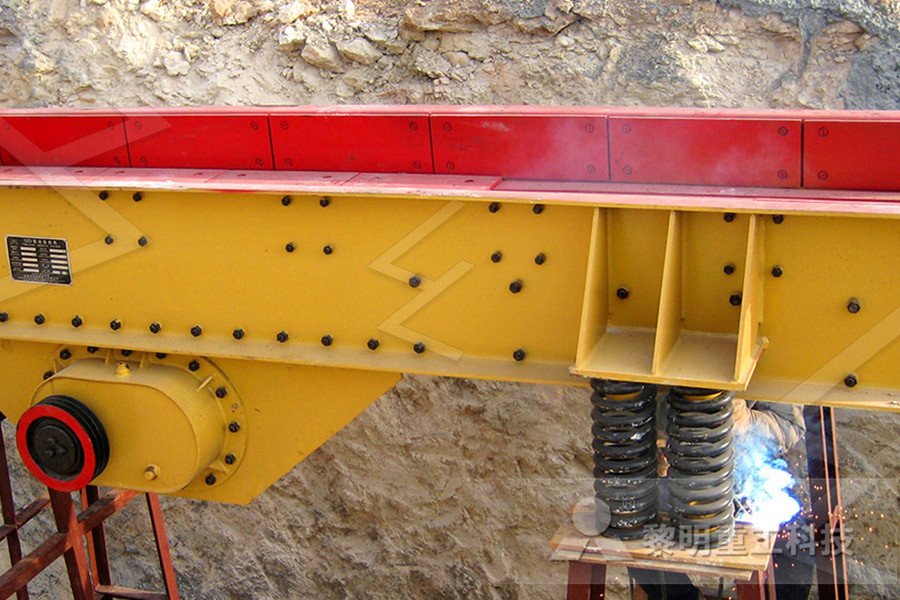
Cement Production an overview ScienceDirect Topics
Cement production processes can be categorized as dry, semidry, semiwet, and wet processes depending on the handling of raw material before being fed to the rotary kiln Nowadays, almost all new plants are based on the dry process and many old wet plants are also remodeled to dry or semidry processes Dry cement manufacture has three fundamental stages: preparation of View the interactive animation of the cement production process to learn how cement is made by CEMEX 1 Mining the raw material Limestone and clay are blasted from rock quarries by boring the rock and setting off explosives with a negligible impact of the environment, due to the modern technology employed 2Cement Production: How Cement Is Manufactured CEMEX UKCement is typically made from limestone and clay or shale These raw materials are extracted from the quarry crushed to a very fine powder and then blended in the correct proportions This blended raw material is called the 'raw feed' or Cement manufacturing components of a cement plant
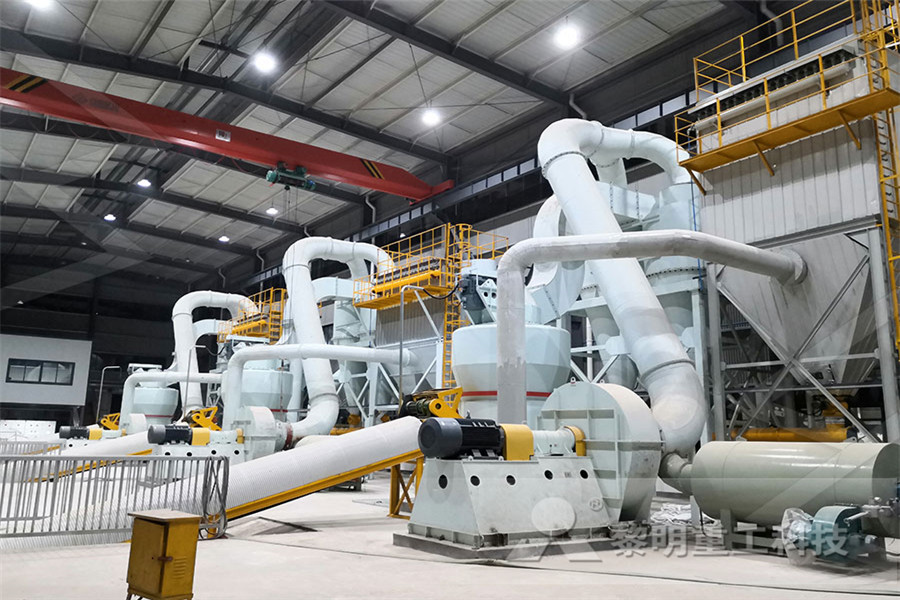
Cement Manufacturing Process Flow Chart
In the cement manufacturing process, most material must be broken, such as limestone, iron ore, clay and coal etc Limestone is the main raw material for cement production, each producing a ton of clinker needs about 13 tons of Cement manufacturing process what is cement made of, it can be discussed conveniently under two headings: Selection of Raw materials and manufacturing methods Raw Materials of Cement Most important raw Cement Manufacturing Process: What is Cement Fuel and electricity costs are the single largest variable production cost at cement mill plants Variable costs are typically about 50% of overall operating costs, so energy cost is usually the single largest production cost, besides raw materials Labor cost is relatively a small part of the Cement Manufacturing Plant Most of the energy usage is in cement production drives end Power consumption of cement manufacturing plant
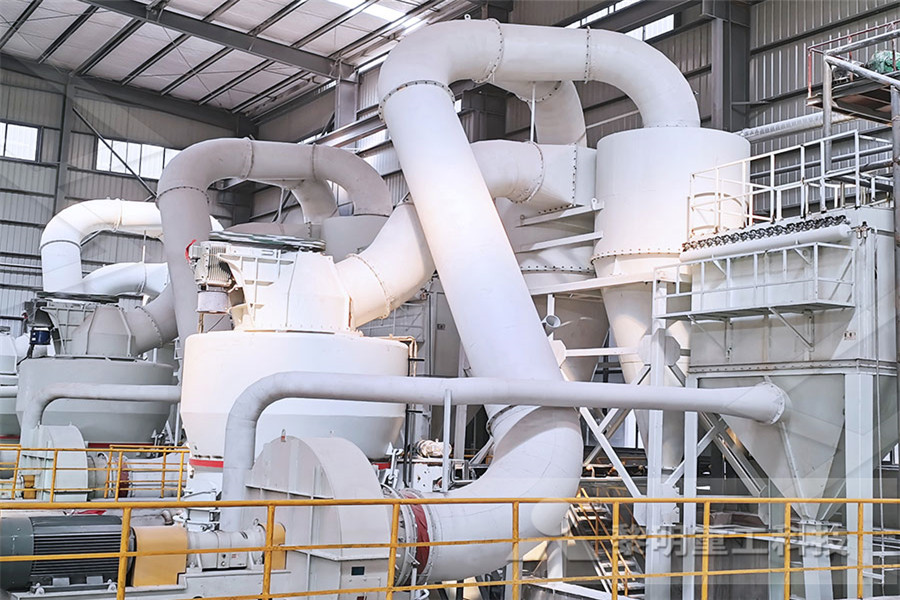
116 Portland Cement Manufacturing
17/08/1971 Portland cement accounts for 95 percent of the hydraulic cement production in the United States The balance of domestic cement production is primarily masonry cement Both of these materials are produced in portland cement manufacturing plants A diagram of the process, which encompasses production of both portland and masonry cement, is shown in Figure The power ingesting of a grinding process is 5060% in the cement production power consumption The Vertical Roller Mill (VRM) reduces the power consumption for cement grinding approximately 3040% associated with other grinding mills The process variables in cement grinding process using VRM are strongly nonlinear and having large time delay characteristics PROCESS CONTROL FOR CEMENT GRINDING IN VERTICAL 25/06/2013 Cement mill certificates, also called mill test reports, contain a lot of information that can prove useful for tracking changes in your concrete and controlling variability in your mix Usually this certificate must be included in How to Read a Cement Mill Certificate: Part 1 NPCA
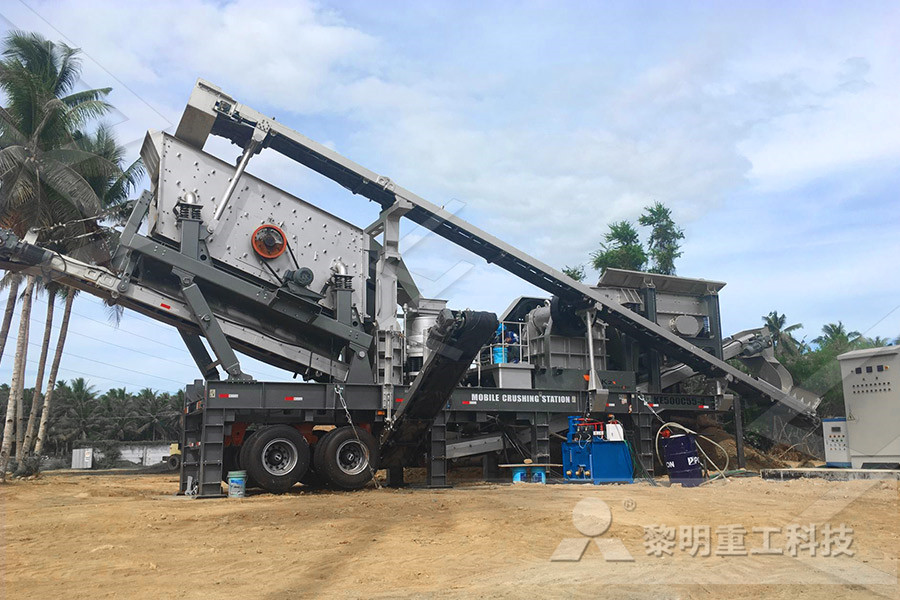
What role does fluorite play in cement production
05/08/2021 1Fluorite is a mineralizer for cement production It can reduce the firing temperature, increase the liquid phase and reduce the liquid phase 2Fluorite is a kind of adhesion promoter for cement, which is easy to absorb and promote the formation of original fluorite Fluorite is made of various materials 3Fluorite is a retarder for cement, which can In the cement manufacturing process, most material must be broken, such as limestone, iron ore, clay and coal etc Limestone is the main raw material for cement production, each producing a ton of clinker needs about 13 tons of Cement Manufacturing Process Flow ChartCement manufacturing process what is cement made of, it can be discussed conveniently under two headings: Selection of Raw materials and manufacturing methods Raw Materials of Cement Most important raw Cement Manufacturing Process: What is Cement
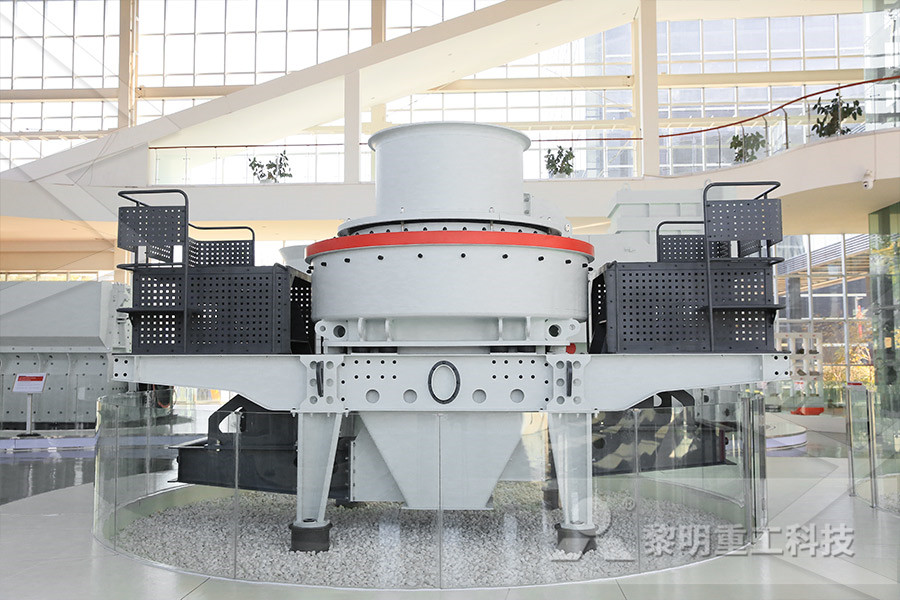
Stage 4: Finish Process Cement Production
Cement mill A 10 MW cement mill, output 270 tonnes per hour A cement mill (or finish mill in North American usage [1]) is the equipment used to grind the hard, nodular clinker from the cement kiln into the fine grey powder that is cement Most cement is Clinker and gypsum for OPC, limestone for limestone cement, and slag for slag cement are all extracted from their respective hoppers and fed to the cement mills The ball mill grinds the feed to a fine powder in two chambers, namely Manufacturing process Lafarge Cement, concrete Mill scale Aragonite Shale Aluminum Shale Shale Fly ash Blast furnace dust Sea Shells Rice hull ash Cement kiln dust Slag 9 The cement industry is considered of strategic (PDF) Cement Manufacturing ResearchGate
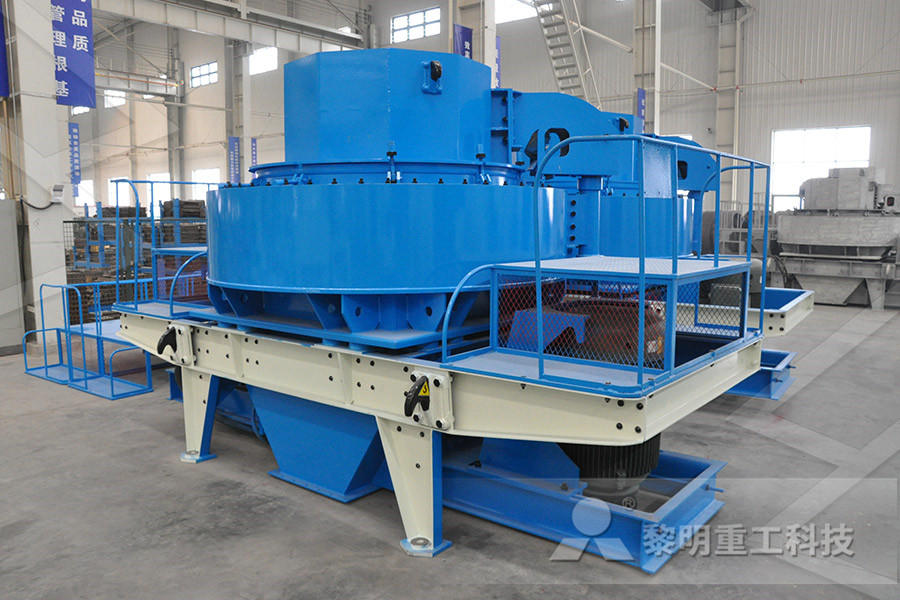
Vertical mill’s working principle in the process flow of
31/03/2018 Vertical mill in process flow of cement production Vertical mill which is an ideal equipment in cement industry has the advantages of large output and easy adjustment of grain size, it can meet the demand for large scale multiple specifications production In addition , vertical mill with larger output can reduce energy consumption by 4050%, this standard is //In cement production where the properties of the raw materials used are so different and production rates may vary extremely, mill solutions are needed that exactly meet your particular requirements We at Pfeiffer can provide the whole range of grinding, separating, and drying equipment as needed to make your cement line work economically: for example, with our PFEIFFER MILLS FOR THE CEMENT INDUSTRYFor example, in the dry process of cement production, the raw meal is ground into powders, while in other cement production methods, slurry, spherical, and massive raw meals are also commonly seen However, no matter what form the raw meal is, its chemical composition must be stable, and its fineness and moisture must meet the requirements of clinker calcinationCement Raw Meal Homogenization Process in The Cement
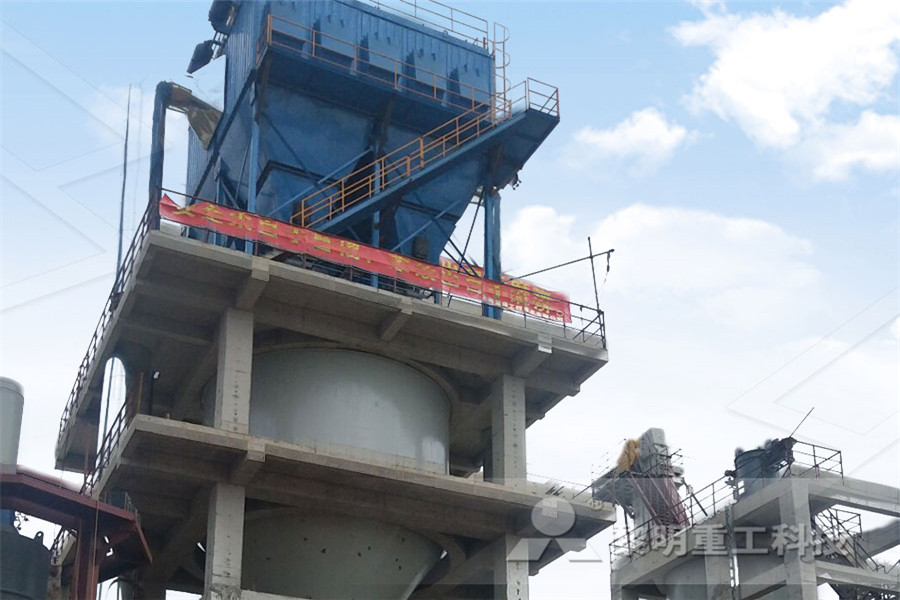
PROCESS DIAGNOSTIC STUDIES FOR CEMENT MILL
Both the chambers of the cement mill were charged with 80% of the designed charge, which works out to 86 t in Ist chamber and 172 t in the IInd chamber The mill is utilised for production of OPC 33 grade, OPC 53 grade and PPC The blaines for the cements of different grades are being maintained as given below: Product Blaine Range(cm 2/g) OPC 33 grade 26002700